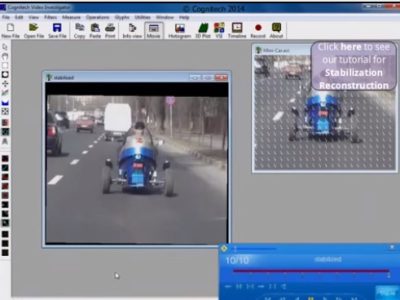Images have become an essential part of our lives in the digital age, capturing significant events and serving as crucial evidence in a variety of contexts. However, the authenticity and integrity of images can be compromised, leading to the need for image forensics. Image forensics is the method involved with looking at and examining digital pictures to decide their validness, distinguish changes, and extract important data.
In this blog post, we will explore the field of image forensics and provide you with a comprehensive instruction manual on how to conduct image forensics like a professional. You can improve your investigative abilities and discover the truth hidden within digital images by mastering the art of image forensics.
Understanding Image Forensics
Image forensics includes applying logical and specialized strategies to dissect digital images for insightful purposes. It aids in determining whether an image has been altered, confirming its authenticity, and extracting useful information for use in investigations.
Forensic Image authentication, tampering detection, source identification, and metadata analysis are important aspects of image forensics. Forensic experts are able to accurately examine and interpret digital images by comprehending these aspects.
Steps Associated with Video Forensics

Stage 1: Image Acquisition and Preservation
The acquisition and forensically sound preservation of the original image is the first step in image forensics. Guarantee that you catch the best picture conceivable, either straightforwardly from the source or utilizing solid programming apparatuses. Safeguard the first picture by making a protected and verifiable backup. To maintain its integrity and admissibility as evidence, do not alter the original image.
Step 2: Image Authentication
The authenticity and integrity of a digital image are the primary goals of image authentication. Use particular programming devices to break down the picture’s metadata to check assuming the picture has been controlled or altered. Examine the camera settings, timestamps, and file formats for any deviations that could indicate tampering. Examine image noise patterns, irregularities in lighting, or abnormalities in pixel values that might recommend modifications.
Step 3: Tampering Detection
Tampering identification includes distinguishing indications of image manipulation or altering. Use image forensics to look at the picture against a normal reference picture or recognize irregularities inside the actual picture. Look for anomalies like adding, cloning, or removing objects. Make use of tools to see areas of a manipulated image that have been compressed at different levels. Signs of manipulation can also be discovered through in-depth examination of image layers, pixel values, or statistical variations.
Step 4: Source Identification
The goal of source identification is to identify the source of an image or the device that captured it. Extract information from image metadata, such as the manufacturer, model, serial number, or lens details. A connection between the image and a specific device can be made with the assistance of this data. Furthermore, lens aberration analysis, sensor pattern noise, or special sensor qualities can support distinguishing the source gadget.
Step 5: Extraction and Metadata Analysis
Metadata analysis looks at the data that is embedded in an image. EXIF metadata, which may contain useful information like GPS coordinates, timestamps, camera settings, or software used, should be extracted and analyzed. This information can give bits of knowledge into the picture’s starting point, control history, or logical subtleties that guide in examinations.
Conclusion
Investigators can effectively examine and analyze digital images, ensuring their authenticity, detecting tampering, and extracting valuable information by mastering the art of image forensics. You can uncover the truth hidden within digital images by navigating the intricate world of image forensics with the right tools, techniques, and attention to detail.












Comments